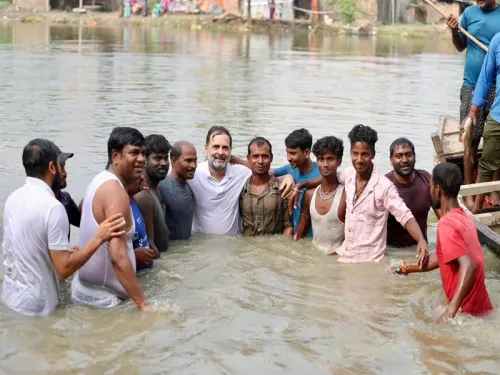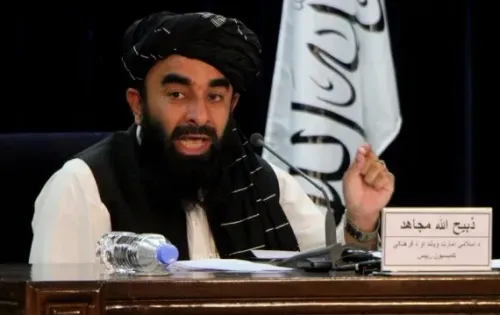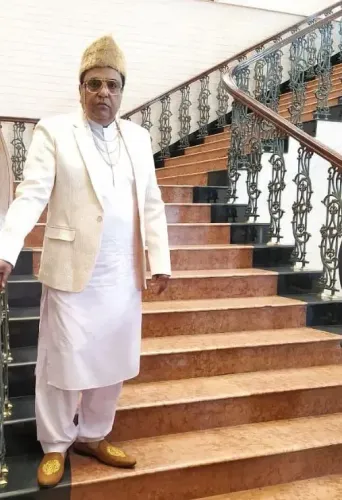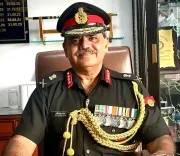Is the Mokama Killing a Sign of Bihar's Ongoing Struggle with Criminal Politics?
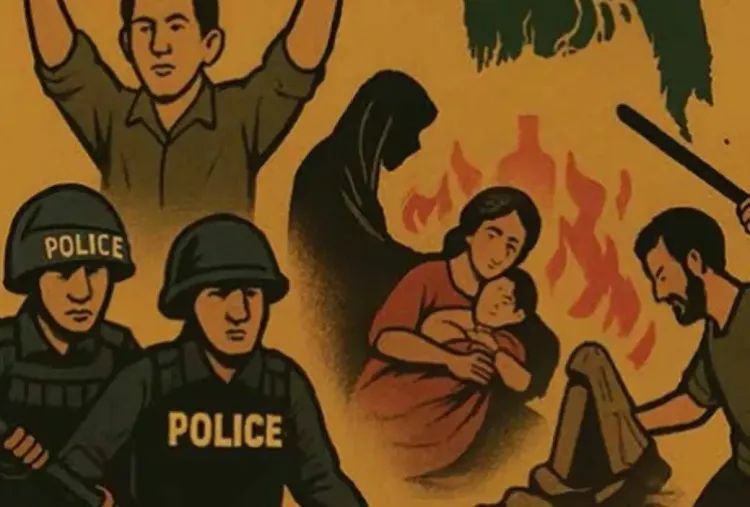
Synopsis
Key Takeaways
- Mokama's recent killing underscores ongoing political violence.
- Dularchand Yadav's complex political history reflects the challenges in Bihar.
- The incident raises questions about electoral integrity in the state.
- Historical data reveals alarming crime trends in Bihar.
- Efforts for governance reform continue amidst these challenges.
New Delhi, Nov 1 (NationPress) The tragic demise of a worker amidst clashes between rival political factions in Mokama, occurring just days ahead of the Bihar Assembly elections, has reignited discussions about the state's tumultuous history.
This incident signifies a resurgence of violence in a region that had recently shown signs of progress in governance and development. The victim, Dularchand Yadav, was a prominent local political figure with connections to various leaders, including former Chief Minister Lalu Prasad Yadav and current Chief Minister Nitish Kumar.
In 1991, he was implicated in a case concerning the murder of a Congress worker alongside Anant Singh's brother, Dilip Singh. Though Dularchand and others were later exonerated, he faced a total of 11 criminal cases, including serious charges such as murder, kidnapping, extortion, forgery, and firearm offenses.
During the current election campaign, he was actively supporting Jan Suraaj candidate Priyadarshi Piyush. Some family members have accused Janata Dal (United) candidate Anant Singh of orchestrating his murder.
Anant Singh himself is entangled in at least 28 cases, which encompass murder, attempted murder, criminal intimidation, and rioting, according to analyses by the Association for Democratic Reforms (ADR) and Bihar Election Watch.
He has declared assets exceeding Rs 100 crores, making him one of the wealthiest candidates in the first phase of the Bihar elections, with liabilities surpassing Rs 25 crores.
Known as “Chhote Sarkar”, he regained control of Mokama in 2005 after his brother Dilip lost the seat in 2000. He successfully reclaimed it for RJD in 2020 while incarcerated but was later disqualified in 2022 after a conviction under the Unlawful Activities (Prevention) Act. His wife, Neelam Devi, contested and won the subsequent by-election on an RJD ticket.
This election sees him contesting once again after being acquitted by the Patna High Court, alongside RJD's Veena Devi, wife of the 2000 victor Surajbhan Singh, who previously represented Munger in the Lok Sabha from 2014 to 2019 for the Lok Janashakti Party.
Interestingly, Surajbhan Singh was disqualified from running for elections following a murder conviction.
Bihar was historically labeled as a region of “jungle raaj” in the early 1990s, symbolizing public sentiment regarding lawlessness, caste violence, and criminalized politics often perceived to have administrative endorsement.
Lalu Prasad's era was rooted in a political agenda aimed at social justice for lower castes, expanding political representation for historically marginalized communities. However, this timeframe is also associated with rising organized crime, politicized patronage, and a perceived erosion of the state's monopoly over coercion.
By the dawn of the 21st century, records from the National Crime Records Bureau (NCRB) revealed a staggering 71,000 murder cases reported in Bihar between 2001 and 2022, peaking in 2004 with 3,948 murders documented during Rabri Devi's last term as Chief Minister from 2000-2005 within the RJD-led coalition with the Congress and Left parties.
This year alone, various violent incidents have been reported across Bihar, including the murder of a patient in a Patna hospital and a local businessman's death. Similar occurrences have been noted in Sitamarhi, where a trader was assaulted, and in Chapra, where a teacher was killed.

